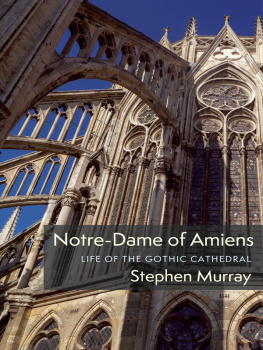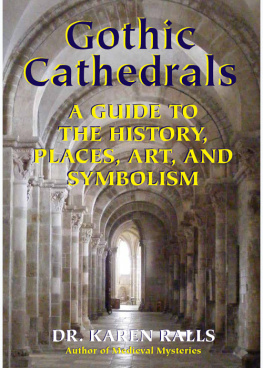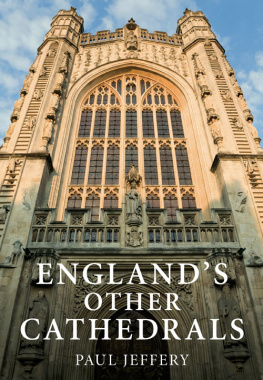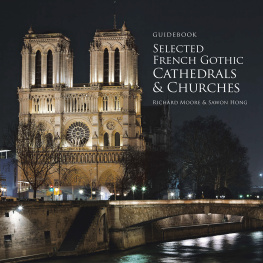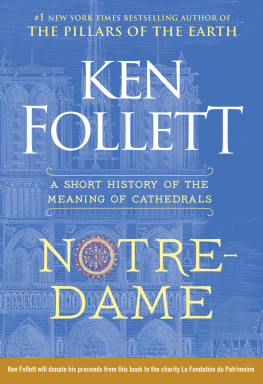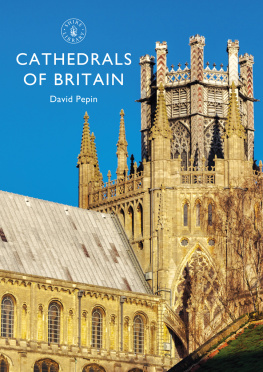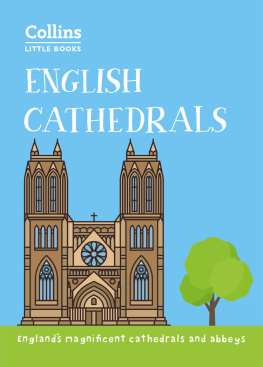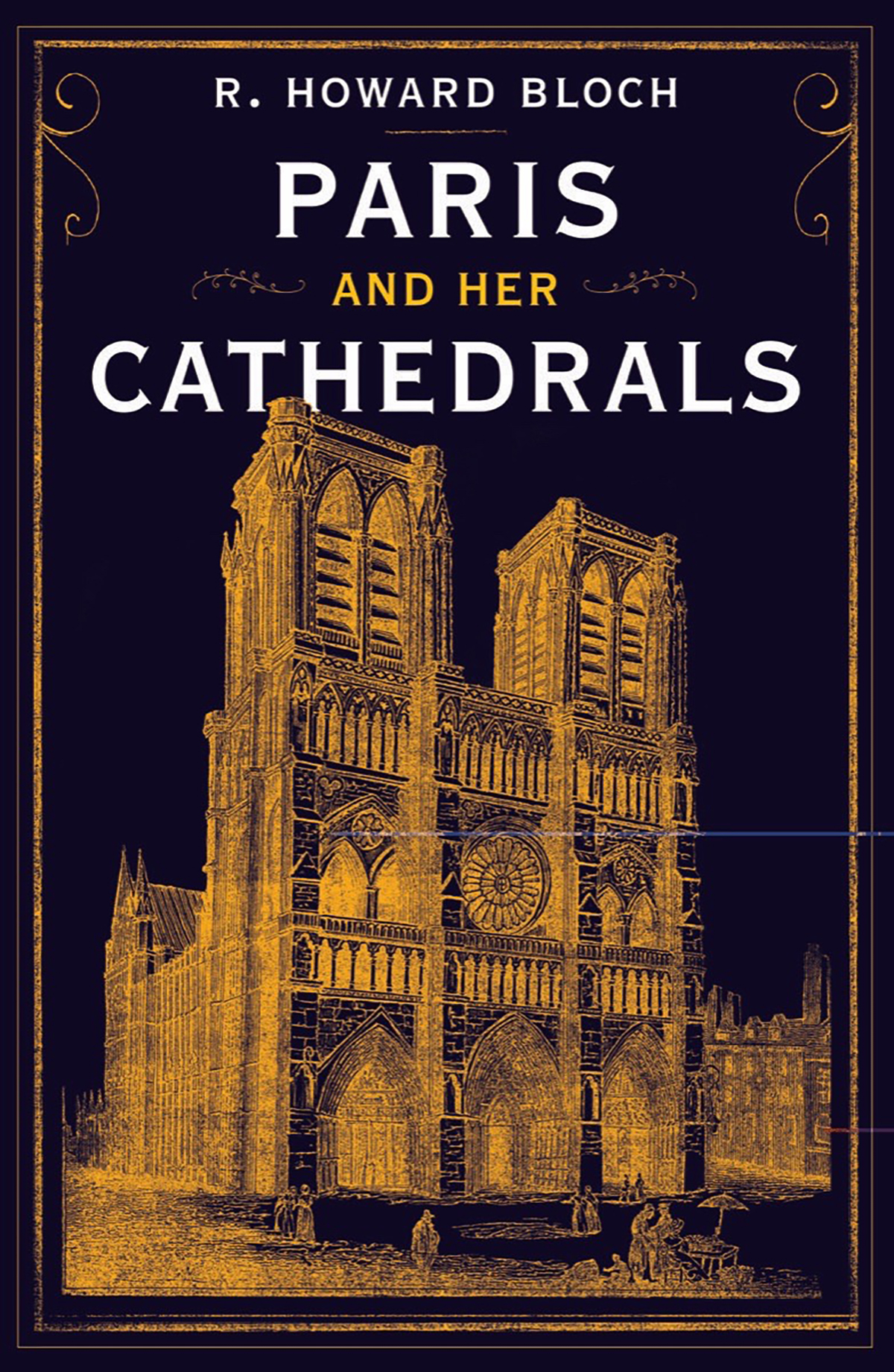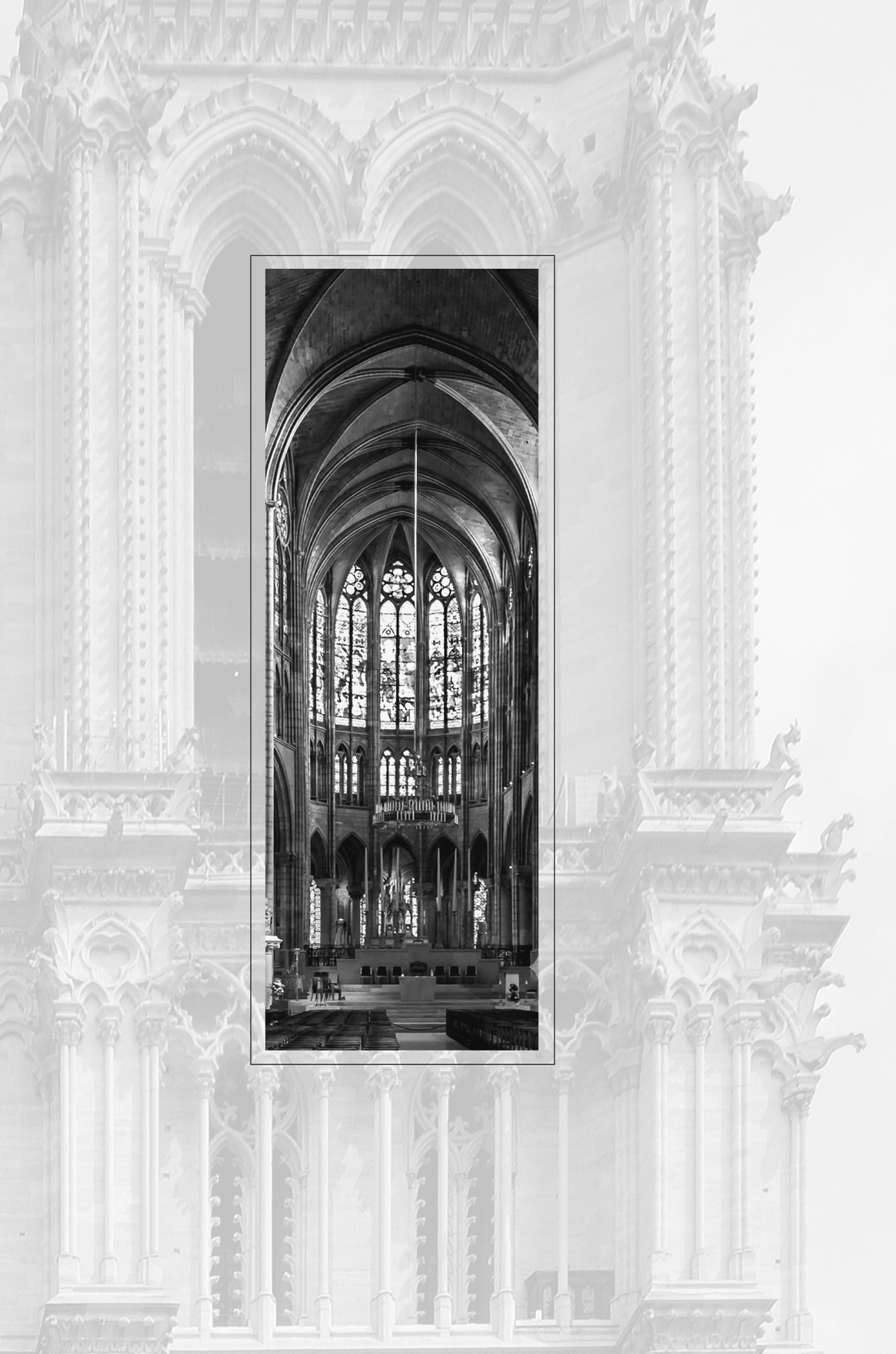R. Howard Bloch - Paris and Her Cathedrals
Here you can read online R. Howard Bloch - Paris and Her Cathedrals full text of the book (entire story) in english for free. Download pdf and epub, get meaning, cover and reviews about this ebook. City: New York, year: 2022, publisher: Liveright, genre: Art / Science. Description of the work, (preface) as well as reviews are available. Best literature library LitArk.com created for fans of good reading and offers a wide selection of genres:
Romance novel
Science fiction
Adventure
Detective
Science
History
Home and family
Prose
Art
Politics
Computer
Non-fiction
Religion
Business
Children
Humor
Choose a favorite category and find really read worthwhile books. Enjoy immersion in the world of imagination, feel the emotions of the characters or learn something new for yourself, make an fascinating discovery.

- Book:Paris and Her Cathedrals
- Author:
- Publisher:Liveright
- Genre:
- Year:2022
- City:New York
- Rating:3 / 5
- Favourites:Add to favourites
- Your mark:
Paris and Her Cathedrals: summary, description and annotation
We offer to read an annotation, description, summary or preface (depends on what the author of the book "Paris and Her Cathedrals" wrote himself). If you haven't found the necessary information about the book — write in the comments, we will try to find it.
For history readers, travelers, and scholars alike, an indispensable behind-the-scenes guide to the great cathedrals of Paris.
So infectious is R. Howard Blochs passion for his subject that even those unable to do the traveling required will find in Paris and Her Cathedrals an inspiring guide to these time-hallowed masterpieces of medieval culture. Colin Jones, author of Paris and The Great NationOver the years, R. Howard Bloch has become renowned for the insider tours of Paris that he gives to students abroad. Long sought after by travelers and history buffs for his near-encyclopedic knowledge of French cathedrals, the eminent French literature scholar finally shares his expertise with a wider audience.
In Paris and Her Cathedrals, six of the most sublime cathedrals in the penumbra of ParisSaint-Denis, Notre-Dame, Chartres, Sainte-Chapelle, Amiens, Reimsare illumined in magnificent detail as Bloch, taking us from the High Middle Ages to the devastating fire that set Notre-Dame ablaze in 2019, traces the evolution of each in turn. Written from the premise that seeing is enhanced by knowing, each chapter is organized along the lines of a walk around and then through the space of the cathedral, such that the actual or virtual visitor feels the rich sweep of the church, the essence of these architectural wonders (Antonia Felix).
Animating the past with lush evocations of architectural splendorfrom flying buttresses and jewel-encrusted shrines to hidden burial grounds and secret chambersBloch then contextualizes the cathedrals within the annals of French history. Here thrilling tales of kingly intrigueas in Saint-Chapelle, where the pious King Louis IX amassed relics, including Christs crown of thornsand audacious abbots are interspersed with anecdotes about the meeting of aristocratic and everyday life, culminating in a rich, colorful narrative that clearly but expertly explains the history and symbolism of some of the worlds most magnificent buildings (Ross King).
To be read in preparation for an enlightened visit or merely to open a window upon the High Middle Ages in France, Paris and Her Cathedrals is a revelation, an indispensable guide (Garry Wills) to these awe-inspiring structures. Complete with the authors own photographs, this beautifully illustrated volume vitally enhances our understanding of the history of Paris and its environs. 96 photographs and two maps
R. Howard Bloch: author's other books
Who wrote Paris and Her Cathedrals? Find out the surname, the name of the author of the book and a list of all author's works by series.


